New police settlement and guidance
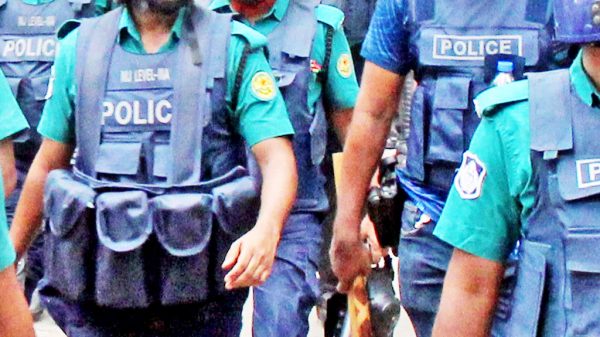
by Arbachin Abdullah :
THE police, initially established as ‘stick forces’ in monarchies to serve as instruments of control for kings, have in modern times been redefined as protectors of society, entrusted with keeping law and order, safeguarding lives and property and preventing crimes. This transformation is evident in developed nations, where the police are typically neutral and adhere to democratic principles. In contrast, in many developing or underdeveloped nations, police forces often function as partisan tools, prioritising government interests over public welfare. In Bangladesh, 53 years after independence, the police have been mired in allegations of corruption and abuse. Their involvement in extortion, bribery, custodial torture, extrajudicial killings and other rights violations are frequently reported. While some essential policing tasks are performed, the abuses overshadow their legitimate functions.
The situation from 2009 to August 5, 2024, is particularly concerning. According to the Capital Punishment Justice Project in Australia, the police in Bangladesh were involved in at least 2,596 extrajudicial killings and 600 enforced disappearances in 2009–2022. The period marked a dark chapter for the rule of law. The violence peaked between July 16, 2024 and August 5, 2024, when police action caused the death of a high number of students and a brutal crackdown on political opposition. The atrocities caused widespread outrage and remain a grim reminder to the perils of the unchecked state power. Such acts are incompatible with the role of a modern police force and are indefensible by any rational or ethical standard.
After the 2024 mass uprising, the call for police reforms gained a significant momentum. The police stand out as a key agency of the state in dire need of reforms. It is impossible to erase the brutality of the police that took place in the July–August uprising. Before reforming the police, it is important to identify some issues and move forward — firstly, identifying main problems of the police; secondly, rooting out causes of the problems; and thirdly, finding practical and effective solutions to the problems and implementing them. It is foolish to expect any results with nominal reforms if the problems are not solved along the lines.
If the problems of the police are listed, the first that will come up would be the politicisation of the police, lack of professionalism, lack of public involvement, public distrust in the police, rights violations and inefficient human resources. The police in Bangladesh are heavily politicised. Every government since independence has attempted to get some members of the ruling party into the police force. Such appointment always involves some form of party influence. These politically appointed officers are loyal to the government from the outset, making it easy for the government to manipulate the law and order in partisan interests. From 2009 to 2024, the police force underwent a process of ‘Awamification’, transforming it into a de facto force of the Awami League. This transformation turned the police into an enforcer of a fascist regime, leaving the people sandwiched between an authoritarian government, on one side, and its partisan police, on the other.
This politicisation wiped out any scope for accountability. The fascist government used the police as a weapon to secure its grip on power while in return, the police indulged in their own personal agenda by abandoning professionalism altogether. This alliance allowed the police to plunge into criminal activities such as extortion, looting and corruption. Such a corrupt and unchecked system gave rise to infamous figures in the police, where officers prioritised party and personal interests above the welfare of the people. The individuals amassed wealth, symbolising the rot within a force that should have stood for justice and integrity. This era of compromised law enforcement is a glaring example of how political influence can erode the foundations of a nation’s police force, turning it into a tool of oppression rather than protection.
The outdated laws governing the police prevent them from fulfilling their role as protectors of people. Many of the laws, rooted in the British and Pakistani eras, were designed to serve the ruling class by using the police as tools of oppression. Significant examples include the Code of Criminal Procedure, 1898 and the Police Regulations, Bengal 1943, which still serve as the backbone of police operation. The outdated regulations grant the police unchecked powers, enabling them to justify and legalise almost any crime under the guise of authority.
This imbalance of power, coupled with the repressive intent of the laws, isolates the police from the people they are meant to serve. As a result, heinous practices such as arbitrary arrests, unwarranted searches and covert extrajudicial killings, sugar-coated as ‘crossfires’, have become normalised. The actions, which are blatant violations of rights, are justified by the police as necessary measures. The deeply ingrained culture of repression, fostered by the outdated laws, has desensitised the police to the gravity of their action. Instead of serving as a bridge between the state and its citizens, the police have turned into instruments of control, perpetuating fear and distrust.
There are also many problems in the internal structure of the police. — lack of transparency in recruitment and promotion, insufficient personnel compared with the demand, lack of salaries and allowances and facilities, timeless duty, inadequate technology facilities, etc. The number of police personnel in Bangladesh is inadequate compared with the population. A minimum of 200 personnel per 100,000 people is required as an ideal ratio of population to police. Bangladesh has only 127 personnel per 100,000 people, which is much less than the demand. Because of the insufficient number of personnel, the workload is high and there is no time limit for police duty for which, the police personnel go through mental torture.
The influence of incompetent people on the police is seen most of the time because of which a severe crisis of professionalism can be noticed in the police. Police personnel always go through financial crises because of low salary and many are forced to engage in economic malfeasance. The salary of the lower level police members is very low. In the current economic situation, it is difficult to support family with such a salary. That is why it is seen that the lower level police members are involved in bribery and extortion and at a point, such crimes of the personnel are no longer considered crimes by the police. Moreover, when new recruits join the police force, they need to associate with other corrupt personnel because of internal pressure.
Technological facilities are also poor for the force — inadequate number of vehicles, inadequacy in crime analysis and crime mapping software, inadequacy of investigation centres, absence of a central digital database of crimes and criminals, etc. Technologies are fundamental to the police, without which policing is often difficult. Because of the inadequacy of vehicles, the police cannot respond quickly to crime spots and it is also important to have adequate number of vehicles for regular paroling, which is essential for crime prevention and remediation. Crime analysis and crime mapping software help to accurately identify crime trends and hotspots so that the police can easily identify crime-prone areas and take appropriate action.
The weapons currently deployed in the police force blatantly violate international police codes of conduct. These are not tools of law enforcement but rather battlefield-grade lethal weapons. This alarming trend began after the controversial 10th national parliament election in 2014. Under the guise of ‘police modernisation’, the Awami League government introduced high-powered armaments into the police arsenal. The weapons, designed for war zones, have no place in a civilian police force.
Internationally, police forces are equipped with non-lethal weapons, rubber bullets, electric tasers, batons and tear gas shells to ensure the safety of civilians and in keeping order. Yet, in Bangladesh, the misuse of such lethal weapons has led to harrowing displays of police brutality since 2014, leaving a trail of fear and distrust among the public. It is imperative to urgently remove these weapons and replace them with non-lethal alternatives. Doing so would not only align with international standards but also help to rebuild public confidence in law enforcement by reducing the potential for excessive violence. The path to a just and humane police force begins with disarming them of tools that belong on battlefields.
For the police, meaningful reform requires a blend of short- and long-term strategies. Short-term measures include the enacting laws and framing regulations to create a balance of power, ensuring transparency in recruitment and promotion, replacing lethal weapons with non-lethal ones and improving salaries and benefits for police personnel. The actions can be implemented swiftly, setting the stage for an immediate impact.
Extensive research has already identified the flaws in police laws and regulations along with alternative approaches. By incorporating insights from police officers, experts and state stakeholders, Bangladesh can introduce people-centric police laws that prioritise public welfare over power consolidation. Such reforms will pave the way for a transformation from a power-driven police force to one that genuinely serves people with integrity and accountability.
Long-term reform must focus on re-imagining its structure and policies, transitioning from outdated traditional policing to more modern and effective community policing and democratic policing. This transformation involves digitising the police force, equipping it with essential tools, building a skilled and motivated work force and increasing recruitment to meet growing demands. When policy reforms are implemented, structural changes in the organisation will naturally follow.
The current policing model is outdated and ineffective. It is time to embrace alternatives such as community policing and democratic policing. The philosophy of community policing is simple yet powerful: the police are the people and the people are the police. Democratic policing emphasises transparency, accountability and responsibility within the force. These two approaches complement each other and can be implemented together as they share a common foundation — people-centred and community-driven policing.
Moreover, given the limitations of the economy, community policing offers a practical, cost-effective solution. By actively involving citizens in keeping law and order, this approach fosters meaningful interaction between the police and the public, building trust and reducing the financial burden on the state. Community participation not only bridges the gap between law enforcement and society but also creates a dynamic partnership that enhances efficiency and ensures a safer, more harmonious community.
Digitising the police force is no longer optional; it is imperative. Establishing a dedicated digital data centre for the police is essential to store comprehensive information on crimes and criminals. With this system, police officers, from any corner, should be able to access a suspect’s criminal record, crime-prone area data or crime statistics with just a single click. Additionally, all internal police information would be centralised, significantly streamlining operations and enhancing the ability to prevent crime effectively. The labs should be strategically allocated, with one serving four districts, to ensure investigations are conducted swiftly and efficiently. Moreover, skilled personnel must be recruited to combat digital and cybercrimes, ensuring expertise in tackling modern challenges.
A people-centric police force is the cornerstone of a nation with strong law and order. When the police earn public trust, citizens naturally develop greater respect for the law. For a state aspiring to build a welfare-oriented society, the first and foremost step should be to establish a model police force that embodies professionalism, accountability and commitment to public service.
Arbachin Abdullah is a researcher.


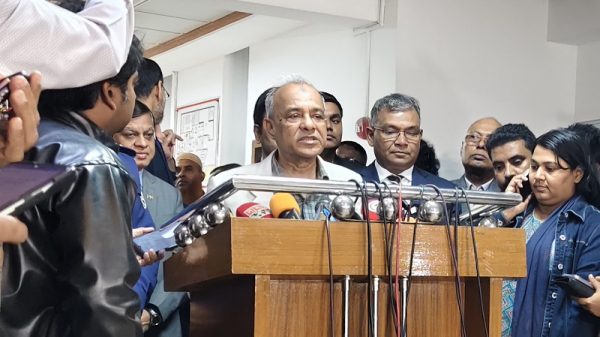
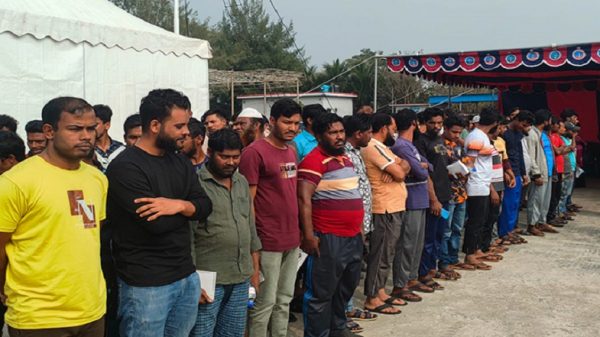

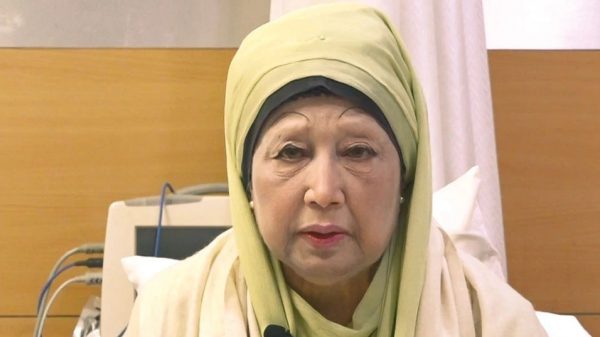



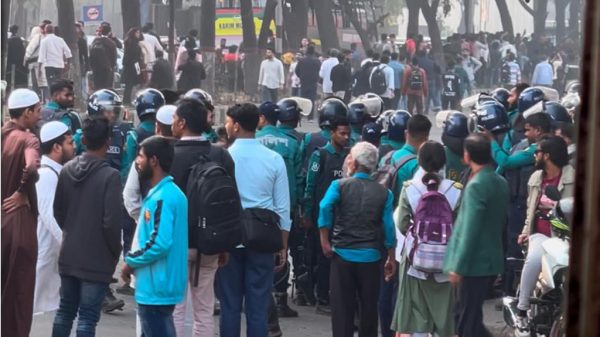
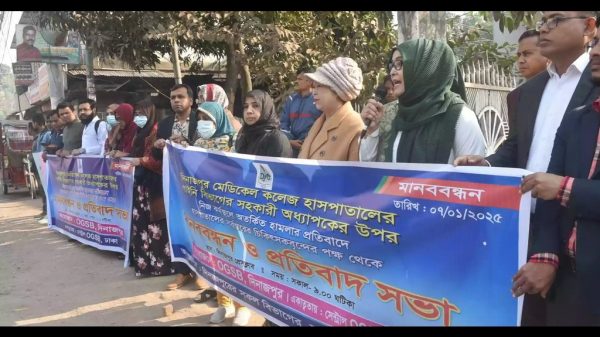
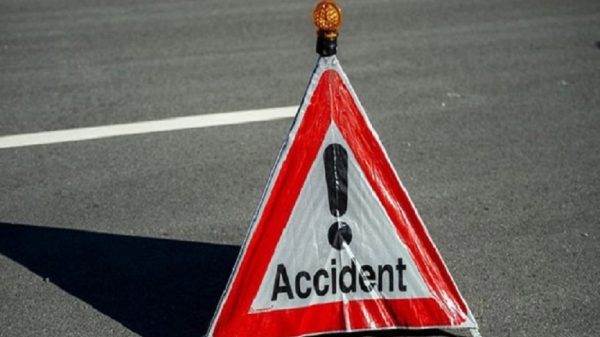
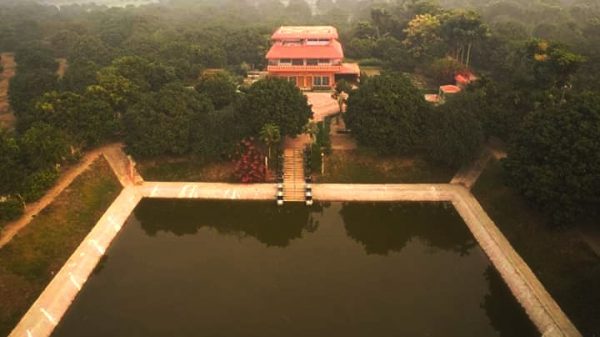

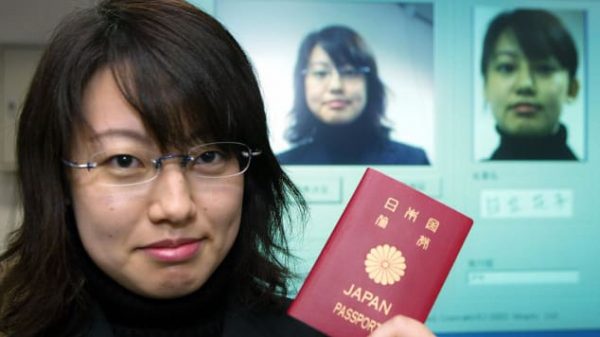


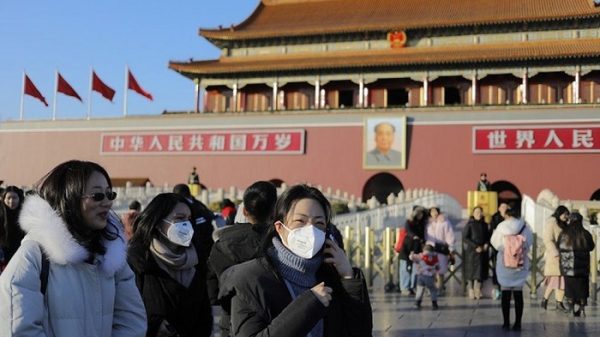

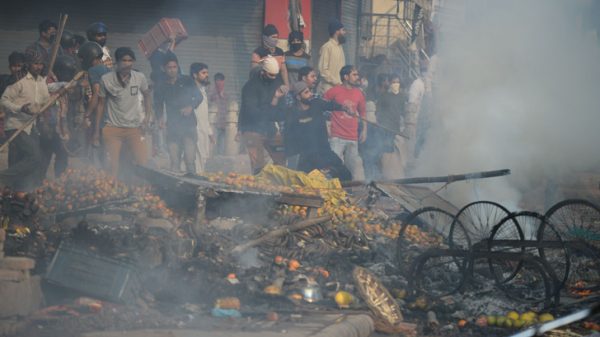



Leave a Reply